In 1842, Captain James Douglas anchored off the coast of Clover Point not far from the base of the First Nations lookout point, Meegan (now known as Beacon Hill Park). Douglas recognized the value of the land and purchased 500 acres for 1 pound per acre. This section of land became known as Fairfield Estates. It was bordered by present day Fort Street, Dallas Road, Cook Street, and Ross Bay Cemetery. Douglas leased out most of it to tenants, who tilled the soil or built country houses.
In the 1850s, Douglas leased 85 acres of land to Chartres Cecil (C.C) Pemberton, the son of Police Commissioner, Augustus Pemberton. C.C. Pemberton then sublet some areas of his land to Chinese immigrants, who used the land to set up small farms and garden markets. The flow of the South Fairfield Stream from the Fairfield Swamp in the Chapman Park region into the Ross Bay area, provided water for the Chinese market gardens and farms. The Chinese immigrants used an irrigation system that crisscrossed the land and employed an impressive method of agriculture.
In the 1880s, Dougal’s 500 acres were sold and portioned into smaller sections for resale. Real estate firms in the 1900s were able to sell 60ft lots for $5000 each when real growth began occurring in the area. The early 1900s was when construction for the Empress Hotel began, and consequently, the South Fairfield Stream was culverted and remains underground still to this day, cutting through Olive Street Common.
As more city-owned lots were purchased and developed upon, the lot for Olive Street Common remained un-purchased and undeveloped, deemed largely useless for building purposes due to the culverted stream beneath it. Over time, the lot became overgrown and was used as a dumping ground.
In 1945, a man named Harry Tyhurst moved into the house at 179 Olive Street, now a designated heritage house. Immediately next to 179 Olive Street is the common, and Tyhurst took it upon himself to clean up the site and plant fruit trees. Tyhurst rented the undeveloped lot for $2.50 per year from the city and named it Tyhurst Park. For many years, Tyhurst cared for the site and maintained the site with the aid of neighbours.
Over the years, the Olive Street Common has been used for many different types of neighbourhood involvement, including a playground for children, community parties, and even theatre productions. Climbing the big tree in the middle of the lot was a huge part of playtime for children.
The tradition of maintaining the site has carried on still to this day; anyone who lives at 179 Olive Street, the ‘Olive Street House’ as it’s commonly referred to by locals, is generally seen as the ‘caretaker’ of the Olive Street Common, but they are not the only caretakers. Many other residents on the street pitch in to help maintain the site, making it into the cherished community common that it is today.
CLICK PHOTO TO ZOOM. Map of the Districts of Victoria and Esquimalt. Published 1854 by John Arrowsmith // The National Archives of the UK (TNA): Public Record Office
